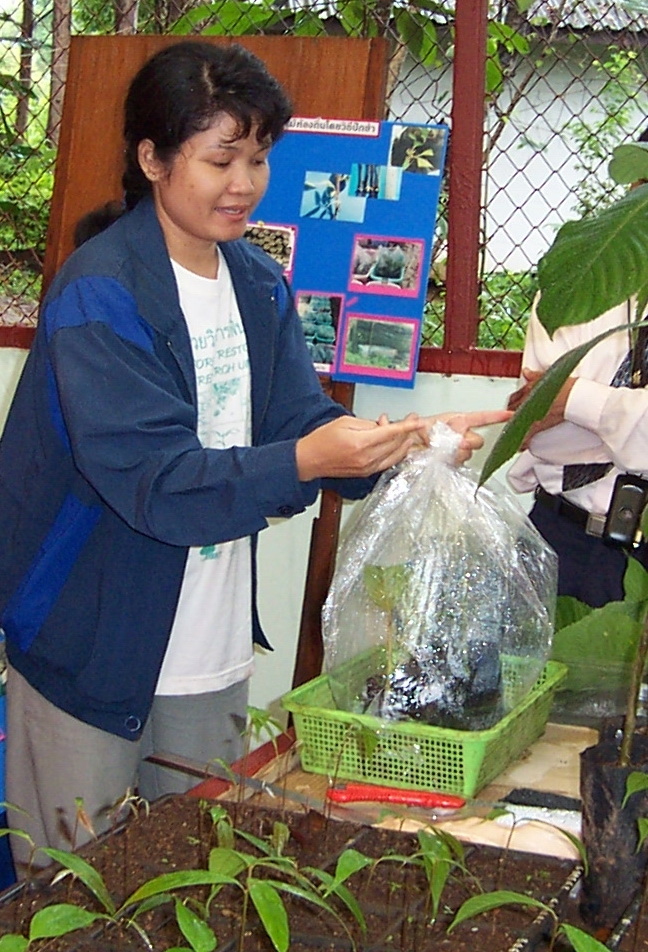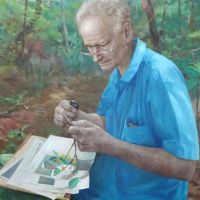Propagation of native forest tree species for forest restoration in northern Thailand


ABSTRACT: Loss of forest in Thailand, due to logging and shifting cultivation, causes depletion of soil, water and biological resources. To solve this problem, CMU’s Forest Restoration Research Unit (FORRU-CMU) carries out research to learn how to accelerate natural regeneration on degraded forestland. Here, we report on attempts to propagate 18 indigenous tree species, of potential value to forest restoration. Higher rates of seed germination were achieved under nursery conditions than under natural conditions in forest gaps. Seed germination was higher in partial shade than in deep shade, except for Reevesia pubescens, Morus macroura and Betula alnoides. Various seed pre-treatments (heat, scarification, acid etc.) promoted seed germination for all species except, Shorea obtusa and Debregeasia longifolia. Various chemical treatments were tested, to improve rooting success of cuttings. IBA 3000 ppm worked best for Ficus superba, Seradix #2 for Saurauia roxburghii and no chemical treatment (control) for Trema orientalis.



